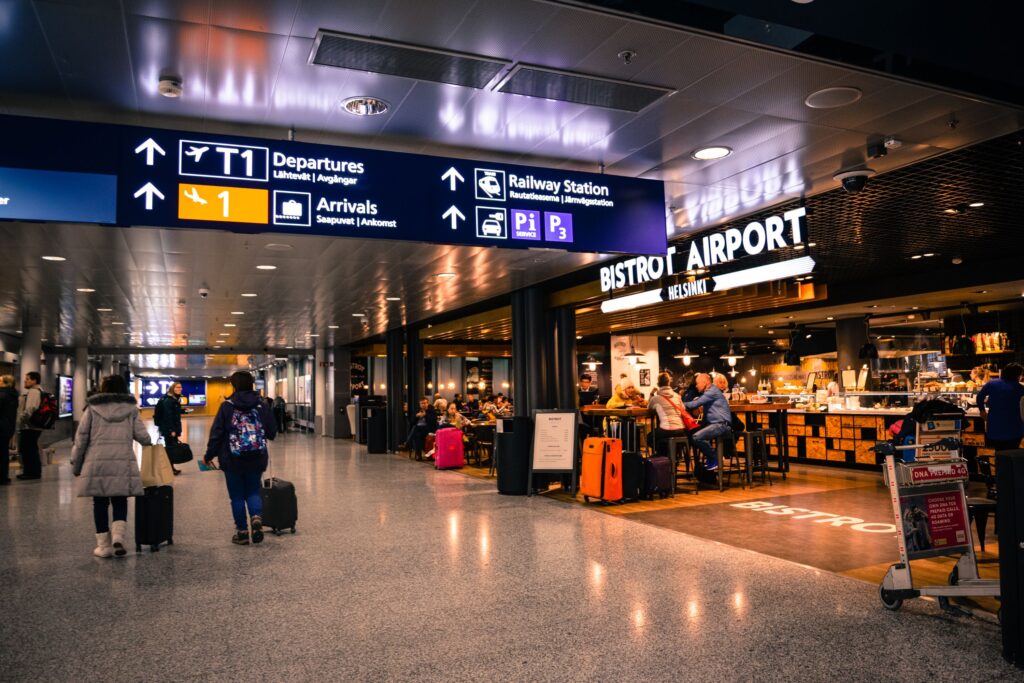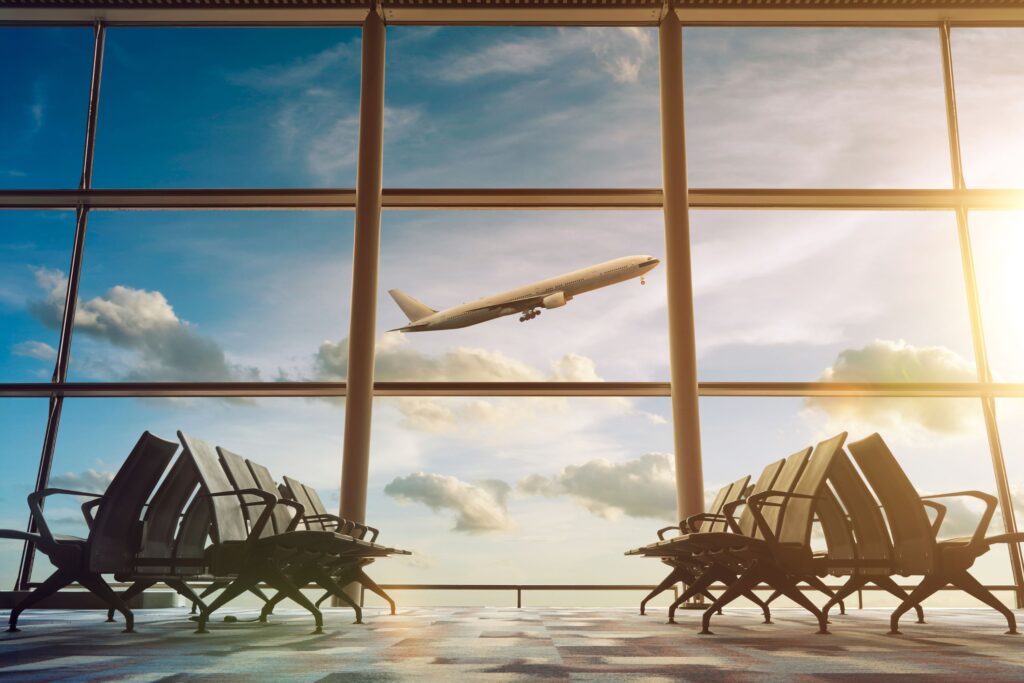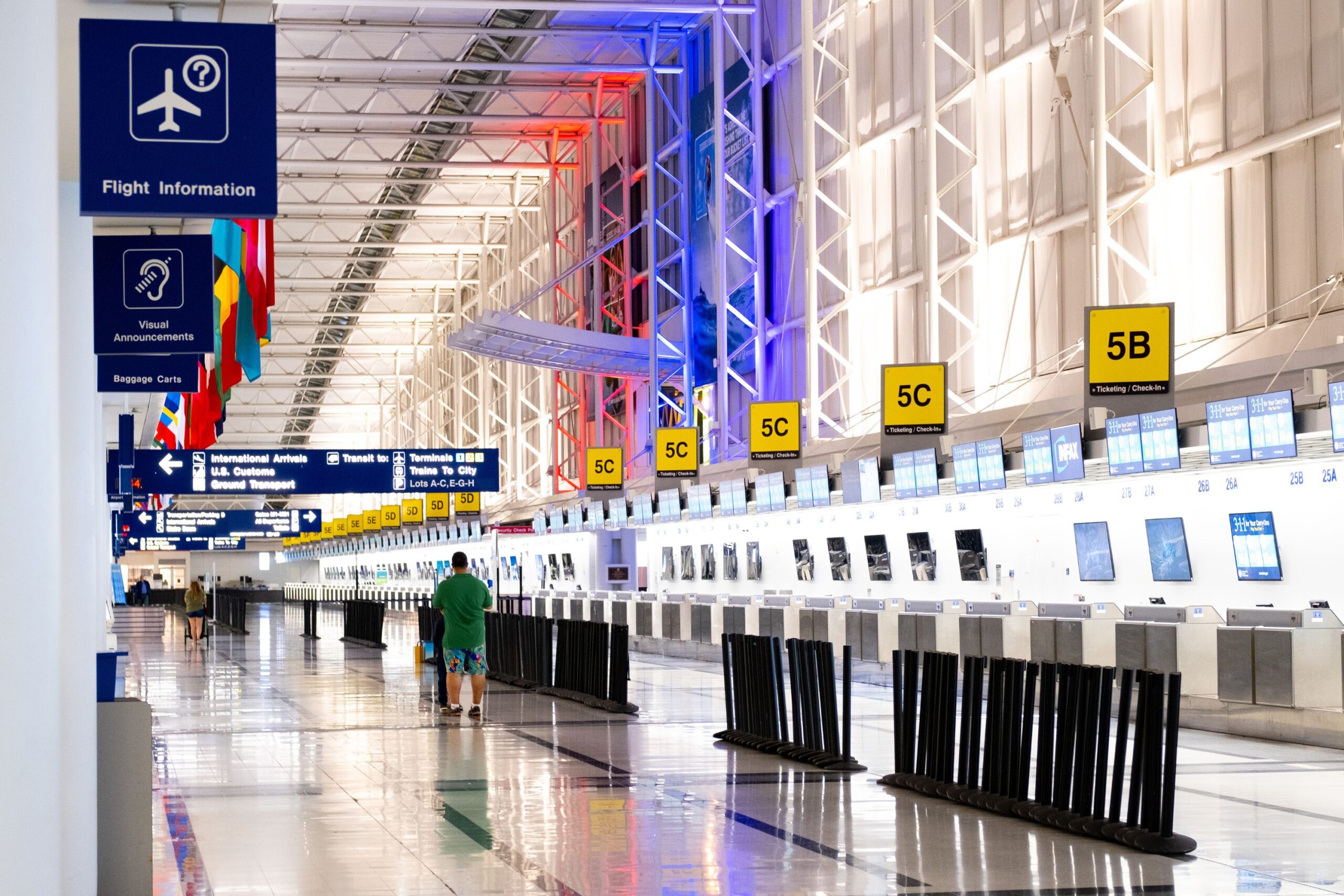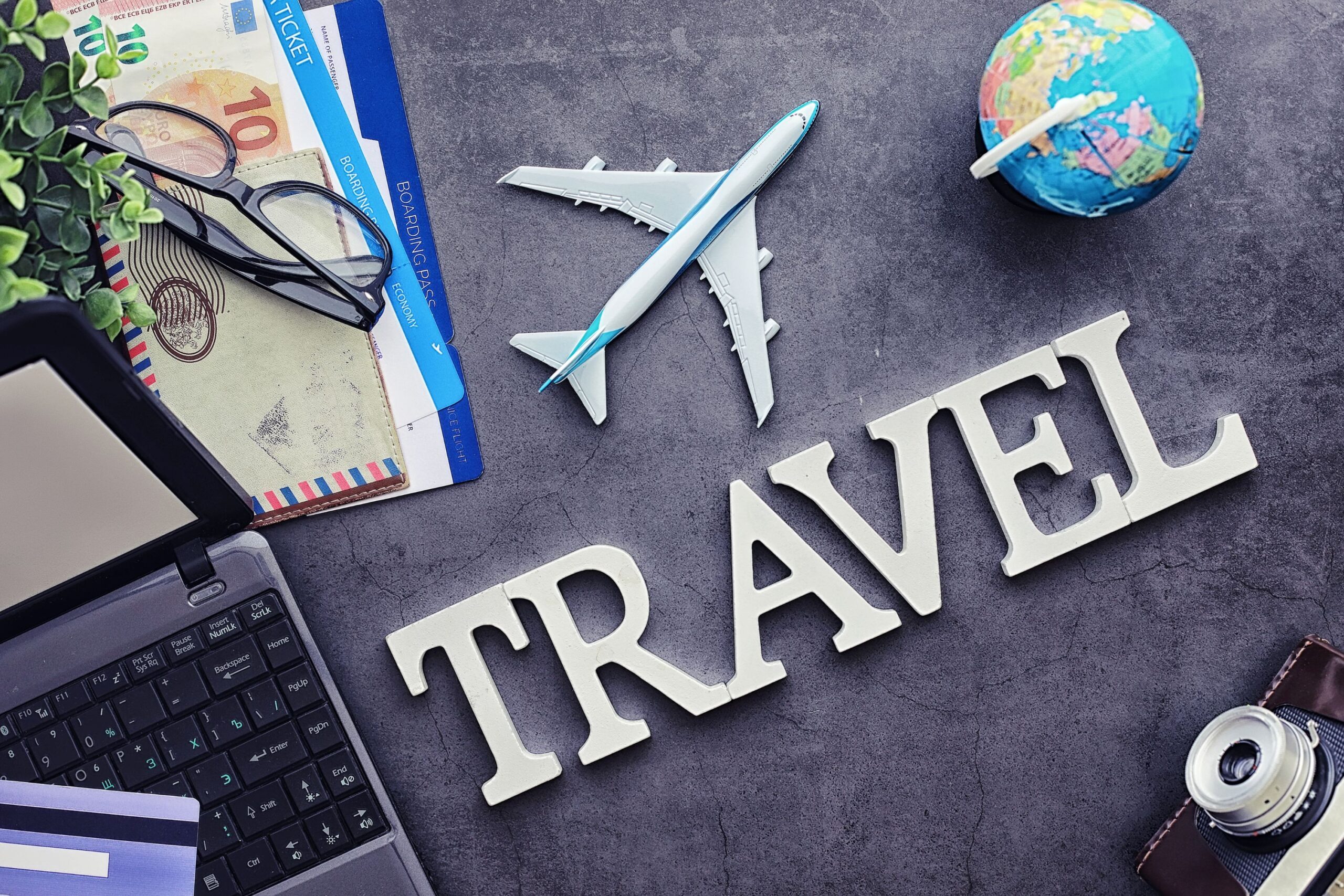If you’ve ever felt confused when booking a trip with multiple legs, you’re not alone. Figuring out how to manage connecting flights can be tricky, especially if it’s your first time dealing with layovers, international transfers, or tight schedules. But don’t worry—once you understand how it all works, you’ll feel more confident the next time you book a multi-flight itinerary.
Let’s walk through the process and break it all down in plain, straightforward language.
What Are Connecting Flights and Why Do They Matter?
A connecting flight is any flight that doesn’t take you directly to your final destination—you’ll need to switch planes somewhere along the way. And while direct flights are convenient, they aren’t always available or affordable. That’s where connecting flights come in.
You might take a connecting flight to save money, reach a remote destination, or work around limited direct routes. They’re a regular part of air travel, but managing them requires little know-how.
Booking Smart: How to Choose the Right Connection
Check whether the airline offers a single ticket for all segments when booking your trip. That’s your first win. Booking a connecting flight on one itinerary means the airline takes responsibility if there’s a delay. If you miss your next flight because your first one ran late, they’ll rebook you at no extra cost.
On the other hand, if you book separate tickets with different airlines, you’re on your own. That means if your first flight is delayed—even by a little—you could miss the second, and there’s no guarantee anyone will help.
When booking separately, you can look for more extended layovers. A gap of at least 3–4 hours between flights gives you a buffer in case of delays, especially if you’ll be going through customs or switching terminals.
Domestic vs. International: What Changes?
Connecting flights inside one country is pretty simple. You land, go to the next gate, and board your next flight. But once international travel comes into play, things change.
When you fly internationally, you often must clear immigration at your first entry point—even if it’s just a connection. For example, if you’re flying from Europe to Mexico via the U.S., you’ll go through U.S. immigration and security before you can board your next plane. That means you’ll need more time between flights.
Another point to keep in mind is baggage. If your flights are booked on one itinerary, your bags should be checked all the way through. But if they’re not, you may need to collect your luggage, clear customs, and check it in again during your layover.
How Much Time Do You Need Between Connecting Flights?
No magic number fits every situation, but here’s a helpful way to think about it.
For domestic connections, 45 minutes to 1 hour is usually enough—if it’s all on one ticket and the airport isn’t massive. For international connections, aim for 2 hours or more. And if your itinerary involves immigration, customs, or terminal transfers, plan for extra time.
Checking the airport’s layout beforehand is helpful. That short layover could become stressful if the two gates are in different terminals and you must take a shuttle.
Tips for Smooth Transfers at the Airport
If you’re nervous about how to manage connecting flights once you’re on the ground, preparation makes a big difference. Start by keeping your boarding passes handy. If you didn’t get your second boarding pass when you first checked in, head to the transfer desk right after landing.
Look at the flight information monitors as soon as you exit the plane. These displays will show you your next gate—sometimes that gate is nowhere near where you are now.
When you’re tight on time, walk with purpose. Skip the airport shopping and focus on getting to your gate. Some airports even have mobile apps with terminal maps that show your walking time to the next gate.
What Happens If You Miss a Connecting Flight?
Even the best plans don’t always go smoothly. So, what if something goes wrong?
If your flights are all on one booking and you miss a connection because of a delay, the airline is responsible for helping you. That might mean rebooking you on the next available flight at no extra cost. They may even offer meal vouchers or overnight accommodation if the delay is long. But remember—this only applies if the missed connection is due to a delay that wasn’t your fault.
Now, if you booked separate flights alone, the responsibility shifts to you. That’s why those extra hours between independently booked legs matter so much. If you miss the second flight, you must buy a new ticket.
Travel insurance can be helpful in this case. If your policy covers missed connections, you might be reimbursed. But it depends on the specific terms, so always read the fine print before you rely on it.
Airline Alliances and Codeshares: Why They Matter
You’ve probably seen terms like “operated by” or “partner airline” when booking online. These are more than technical labels—they matter when managing connecting flights.
Airlines that are part of the same alliance or codeshare agreement can often transfer your luggage and issue boarding passes for both flights, even if the flights are technically on different airlines. That means fewer lines, fewer hassles, and less confusion at the airport.
If you’re flying with Star Alliance, Oneworld, or SkyTeam members, you’re more likely to enjoy these perks. When booking, you can stick with partner airlines if your trip includes connections. It usually leads to a smoother experience.
How to Handle Long Layovers Without Losing Patience
Sometimes, your connecting flight doesn’t leave for a while, and that’s not always bad.
It could be a chance to explore if you have a long layover, especially in a major city. But you’ll need to ensure you have enough time to leave the airport and return without risking your second flight. That usually means a layover of six hours or more, even more if customs are involved.
If you’re staying inside the airport, here’s what helps: check if the airport offers lounges, free Wi-Fi, or nap pods. Some major hubs like Singapore, Doha, and Amsterdam have top-tier amenities that can make layovers enjoyable. You need to plan— bring snacks, download shows, and carry a power bank. You’ll thank yourself later.
Stay Updated with Real-Time Flight Alerts
Even if you’ve done everything right, delays can still occur. That’s why it’s important to stay in the loop.
Airlines and airport apps let you track flight status in real time. You can also sign up for notifications, so if there’s a gate change or delay, you’ll know right away. The sooner you know, the faster you can react—and that could be the difference between making your flight and sprinting through the terminal.
Changing Terminals During a Connection: What You Need to Know
If your connecting flight departs from a different terminal, don’t panic—this happens more often than people realize. What matters is how quickly you find out and how much time you have to transfer.
Some airports have multiple terminals connected by walkways, while others require taking a shuttle or train. Check the airport map in advance or use the official airport app to locate your arrival and departure gates. If the terminal change is tight, follow the signs immediately and avoid unnecessary stops.
Be aware that some terminal transfers involve going through security again. Depending on your passport and flight origin, you may even have to clear immigration first in international airports.
Overnight Layovers and Airport Sleep Tips
Not every connecting flight fits neatly into your travel window. Sometimes, the next flight is the next morning, making people nervous. But you do have options.
Some airports are designed for overnight travelers. They provide sleeping zones, reclining chairs, or even capsule hotels within the terminal. If your airport doesn’t, check nearby hotels with airport shuttles. A good night’s sleep can make the next leg of your trip feel way less stressful.
You should avoid assuming it’s okay to sleep anywhere. Some airports close parts of their terminals overnight or limit access after certain hours. Always verify in advance, especially if you’re flying through smaller airports.
What Happens to Your Bags Between Flights?
This is one of the most common questions travelers ask. If you’re flying on one ticket with the exact airline or alliance, your checked bags are usually forwarded to your final destination. You don’t need to collect them between flights.
But there are exceptions. Some countries, most notably the United States, require passengers to claim and re-check their baggage. If your first entry point is in the U.S., you’ll pick up your bag at customs even if it’s already tagged for the final city. Then you’ll drop it off again just outside the customs area.
What helps is asking at the check-in counter when dropping off your bags. Confirm whether they’re checked through or not, so you’re prepared.
Building a Smart Itinerary with Multiple Flights
Managing connecting flights gets easier when you plan smarter. One of the best things you can do is choose airports known for efficiency and clarity. Some hubs, like Zurich, Munich, or Singapore Changi, are designed for smooth transfers. Others—like JFK or Charles de Gaulle—can be more chaotic, especially during peak hours.
Aim for layovers that give you breathing room but don’t make the wait feel endless. If you’re nervous about missing a connection, go for a more extended layover. It’s always better to wait than to miss your flight and scramble to find another.
What to Do If Your Connecting Flight Is Delayed or Canceled
Flight delays happen—even more so when connections are involved. So, what should you do if your connecting flight is delayed or canceled?
First, stay calm. Then check the airline’s app or go directly to a service counter. If you’re already at the airport, gate agents can usually help faster than phone support. If you booked everything on one itinerary, the airline will try to rebook you at no additional cost. Depending on the situation and the duration of the delay, they may offer hotel accommodation or meal vouchers.
If your connecting flight was booked separately, things get trickier. You’ll likely need to buy a new ticket or pay a change fee. In this case, the best move is to act fast— the sooner you rebook, the more choices you’ll have.
It is also smart to keep digital copies of your tickets, receipts, and booking confirmations. These can be helpful if you need to file a claim or request reimbursement from your insurance provider.
Tech That Helps: The Best Apps for Managing Connections
If you’re wondering how to manage connecting flights more efficiently, having the right travel apps makes a huge difference.
Apps like FlightAware and TripIt help you track your itinerary and monitor delays in real time. Airline apps often allow you to rebook directly or receive gate notifications. Some apps even guide you through airport layouts, showing walking paths between terminals or where to find lounges and charging stations. You want real-time information at your fingertips, especially when time is tight. That’s what gives you the edge when something changes suddenly.

Skitterphoto, Canva.com
Do You Need a Visa for Your Connection?
Many travelers forget to ask this question, leading to problems. Depending on the country and how long your layover is, you might need a transit visa even if you never leave the airport.
For example, if you have a layover in the U.S., you’ll need a valid visa or ESTA because you have to go through immigration. In contrast, some countries allow visa-free airport transit for short connections. However, it varies according to passport, route, and airport policy.
You should always check visa rules for your layover destination well in advance. If you miss this detail, it can completely change your travel day.
Can You Leave the Airport During a Long Connection?
If your layover is long enough, stepping out of the airport can be a refreshing way to break up the trip. However, this depends on several factors: visa requirements, baggage check status, immigration policies, and how far the city center is from the airport.
Some airports, like Amsterdam Schiphol or Singapore Changi, offer guided layover tours that cover your details. In other places, you’ll need to clear customs, manage your time, and get back through security to board. When planning a city visit between flights, always factor in at least two hours to return and re-clear security. Better to enjoy a relaxed trip back than risk a missed flight.

Jamesteohart, Canva.com
FAQs
How much time should I leave between connecting flights?
At least one hour is spent on domestic and two hours on international connections. Add more time if you’re changing terminals or going through customs.
What happens to my baggage during a connecting flight?
If booked on one ticket, it’s usually transferred automatically. But in some countries (like the U.S.), you may need to claim and recheck it.
Do I need a visa for a connecting flight?
If your layover country requires one, check the transit visa rules for your specific passport and layover destination.
What if I miss my connecting flight?
If booked on one ticket, the airline usually rebooks you. If not, you must arrange and pay for a new flight.
Can I leave the airport during a long layover?
Yes—if you have enough time, meet visa requirements, and correctly manage baggage and customs procedures.
Are airport lounges worth it during long layovers?
They can be, especially if you want to rest, eat, or shower. Some offer pay-per-use options even without a business class ticket.
Should I book all flights on one itinerary?
It’s safer. It ensures airline support for delays and often makes baggage transfers easier.




